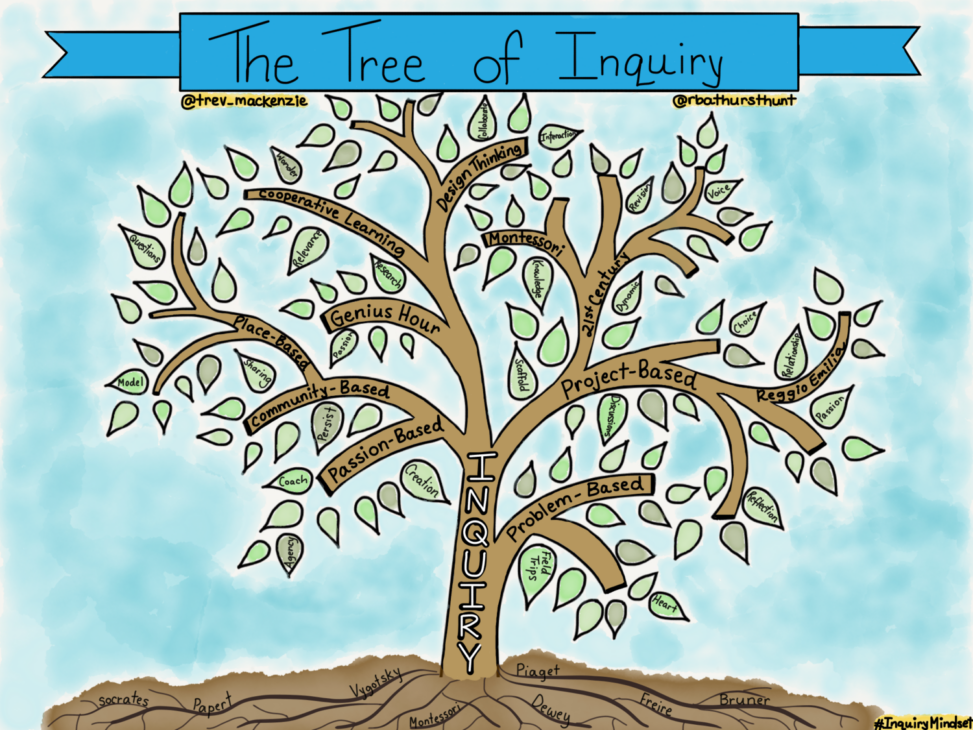For our class this week, we had a guest speaker who is a high school teacher here in Victoria. He encouraged us to think about our own experiences as learners in public school and what was positive and what may not have been as positive. When reflecting on my own experiences, I would say that school certainly started out as a positive and safe environment for me in Kindergarten and this continued all throughout elementary school. I really liked most of the teachers I had and excelled at learning in virtually all areas. My grades were always top-notch and I genuinely enjoyed learning new things and doing schoolwork.
As I got to junior high school, my dislikes started to come out more, and it was easy to identify what subjects I didn’t enjoy. I was no longer engaged in half of my classes, partly because of where I was at in terms of adolescence, but mostly because learning no longer felt like fun; in fact, it was dull and, at times, felt like torture. The teachers did not take into account my learning preferences, and subjects like science, French and even social studies seemed to have no bearing on my life and didn’t activate any curiosity in me whatsoever. In high school, I’d say this disinterest in certain subjects intensified even further, and it gave me a complete lack of motivation and interest in school as a whole. I would often skip classes and had no interest in engaging in the material or talking with the teachers, nor did they (apparently) have any interest in talking to me as I don’t ever remember them reaching out to me or to my parents about my truancy.
My experience in the latter years of public school is exactly what I hope to help young people today avoid, and some of the tips that our presenter from today gave us have added to my now growing collection of strategies and ideas regarding how best to help students stay engaged and take an interest in their education and personal development. For instance, the presenter mentioned that he has a few questions tacked right onto the lanyard he wears around his neck every day as a reminder to constantly be asking them to students. Those questions are: 1) What do you think? 2) What makes you say that? 3) Tell me more about that? 4) What does that make you wonder? As simple as those questions may be, I think they are incredibly useful as they are all encouraging learners to think more about what they are learning and invest more of their time into understanding why they are doing what they are doing. We’ve talked about metacognition in this program a lot and how getting students to reflect on their learning by asking themselves key questions, and so when I as a teacher ask these questions to students, it will hopefully lead them to a higher sense of understanding about their own learning and education, and make them want to be in the classroom. Inquiry-based learning, as depicted in the image below, is another way to keep students motivated in class as it gives them more agency in what they are learning and speaks more directly to their interests as young learners.

Another great point that he mentioned is the idea of showing interest in the students’ interests. Again, as simple of a concept as this may seem, it’s a very powerful tool for a teacher to have. In fact, it’s almost absurd that a teacher wouldn’t take an interest in their students, especially if the goal is to try and connect them with the material being taught. If there’s one thing that almost everyone loves it’s having someone in their life who is willing to listen to them talk about their passions, whether that’s a video game or a sports team or a cool piece of technology they saw in a YouTube video. What better way to connect with students and get them to buy in to your class than to show them that you care about them and want to hear what they have to say, even if it has nothing to do with the class. But I suppose that’s the key here: Why can’t it have something to do with the class? Why can’t students bring their passions into the classroom? Why shouldn’t a classroom be a place where students explore what they love? The simple answer is that there is no good reason. A classroom should be a place that fosters students’ imaginations and creativity and helps spark some level of curiosity out of them that will lead them down a path that they can follow for the rest of their lives.
I think for me, success in the classroom would mean having all of the students engaged in the class and involved in how that classroom is going to look, and that means everything from the content to the assessment and back again. If I can design a classroom that students want to be in, and want to encourage others to be in, then I can’t imagine there being any other better measure of success than that. This presentation provided a lot of food for thought and I’m grateful to be able to hear from someone who has been in the classroom doing an amazing job of reaching and connecting with students.

Leave a Reply
You must be logged in to post a comment.